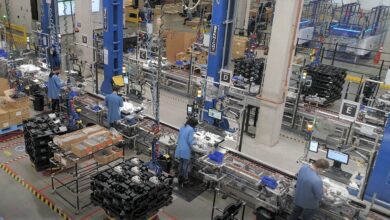Comment
How e-commerce managers can prevent website overload this holiday season
By Phil Godfrey, solutions architect at Park Place Technologies

Retailers remain at the coal face of digital innovation – after all, it was retail e-commerce sites such as Amazon that literally revolutionised the world. Christmas 2020, largely locked down in most parts of the world, offered the pinnacle of online trading conditions.
You'll need to
subscribe to unlock this content. Already subscribed? Login?






